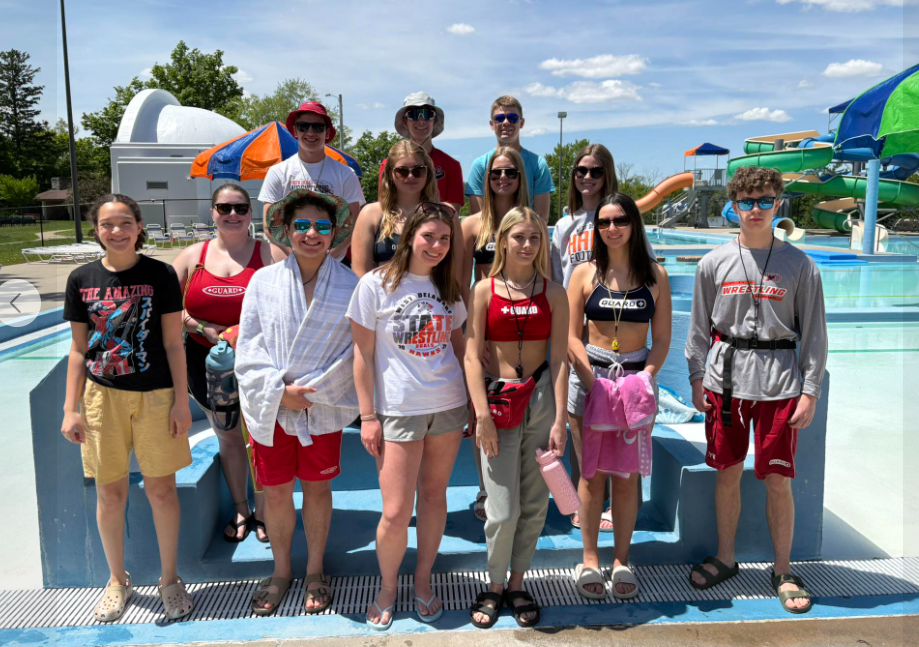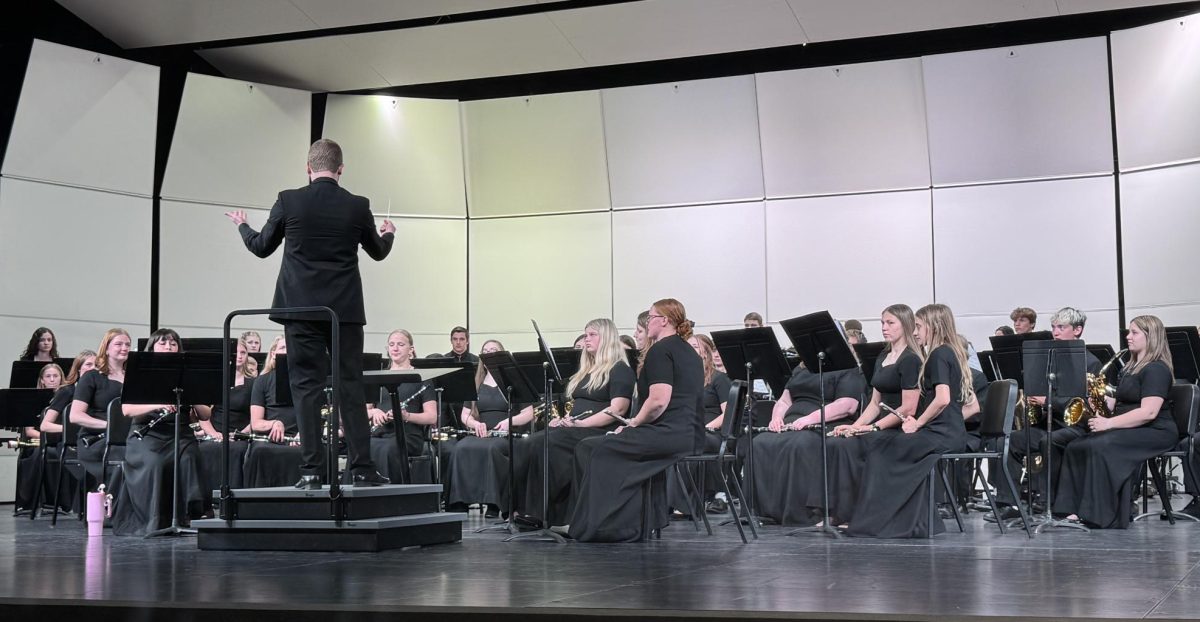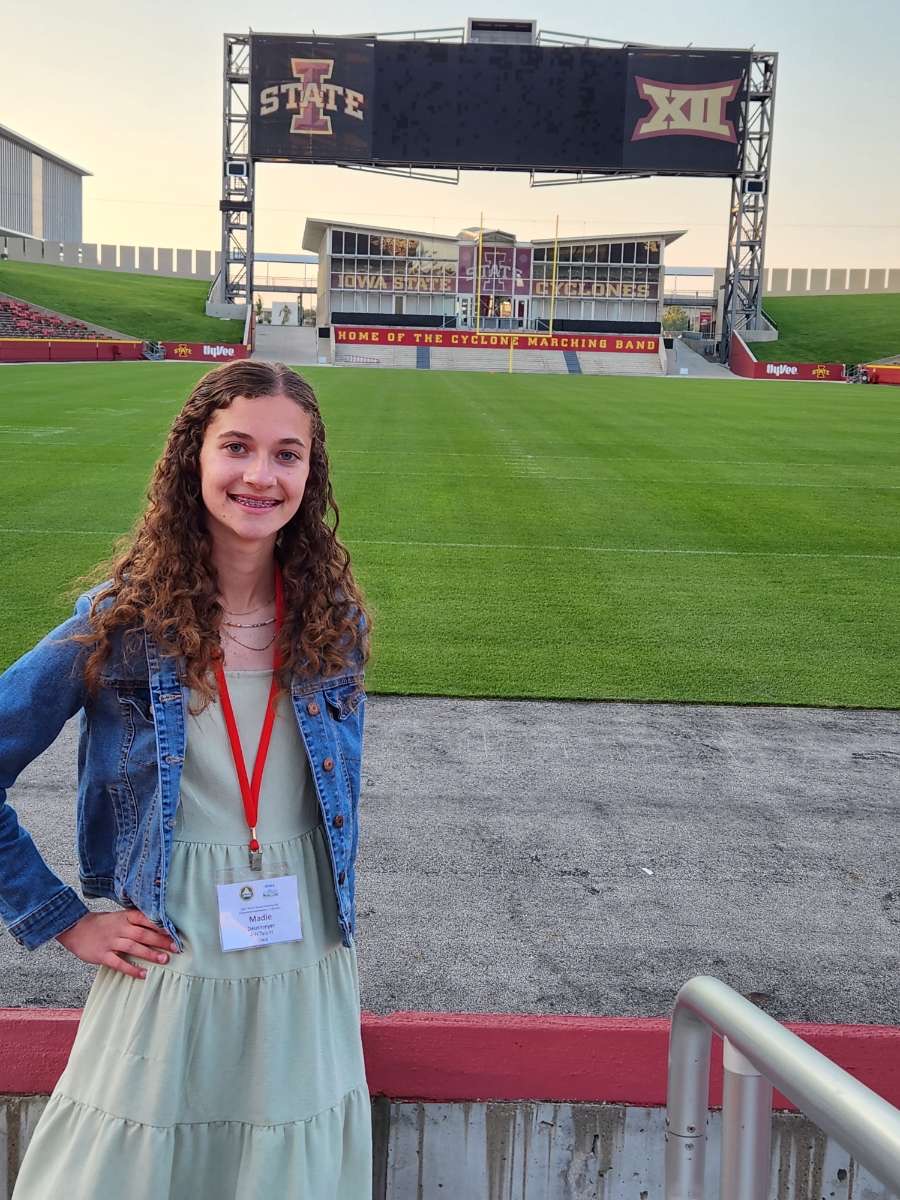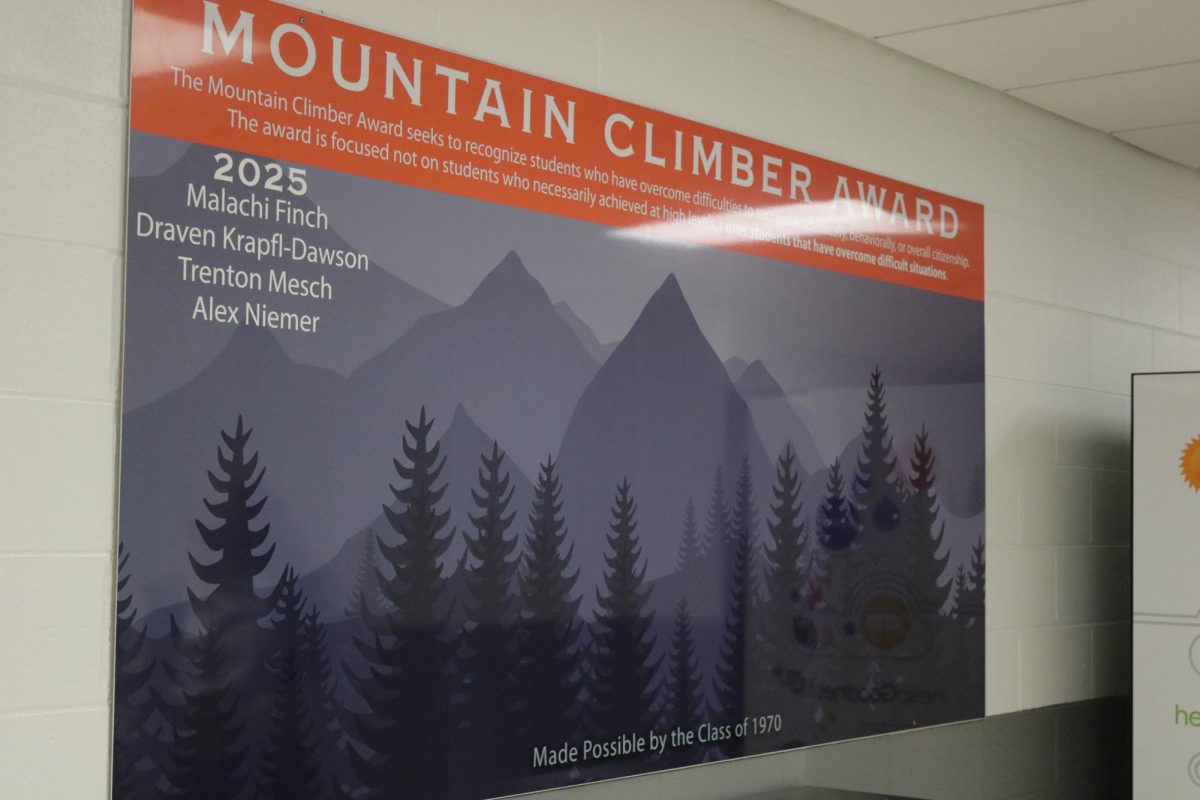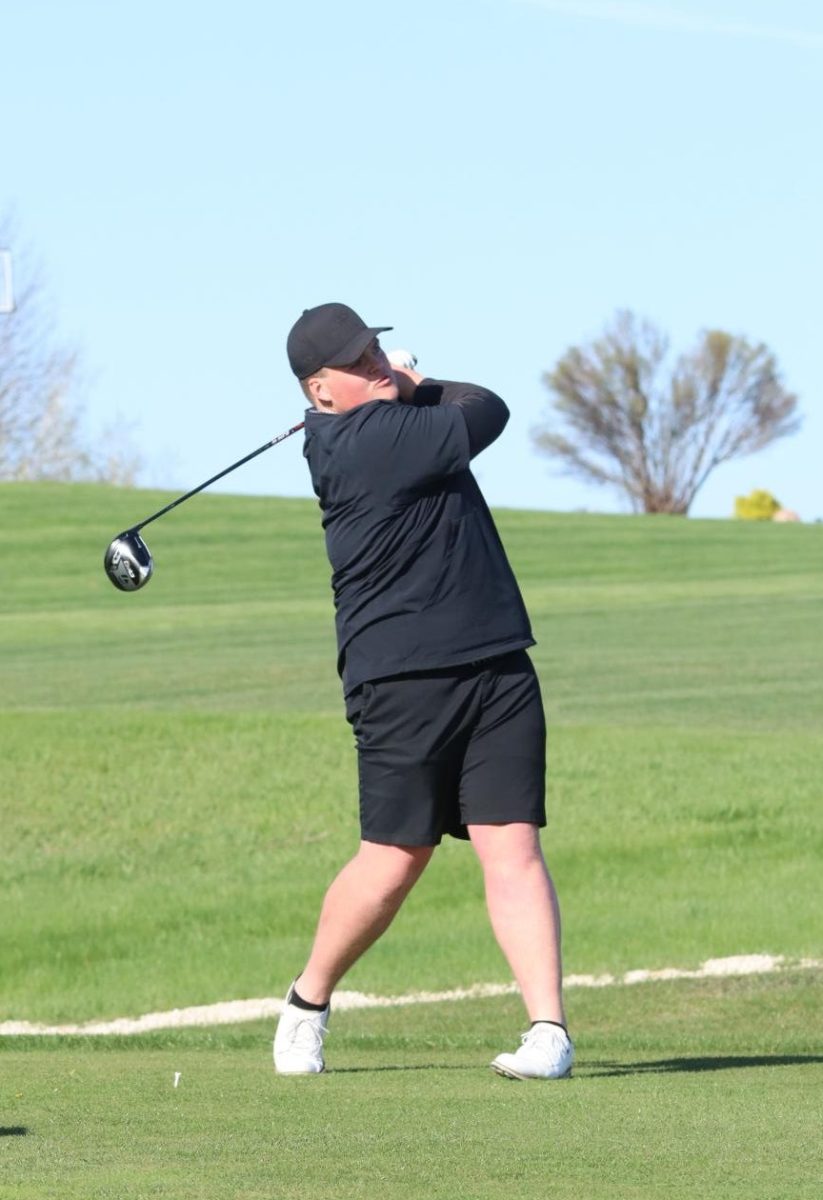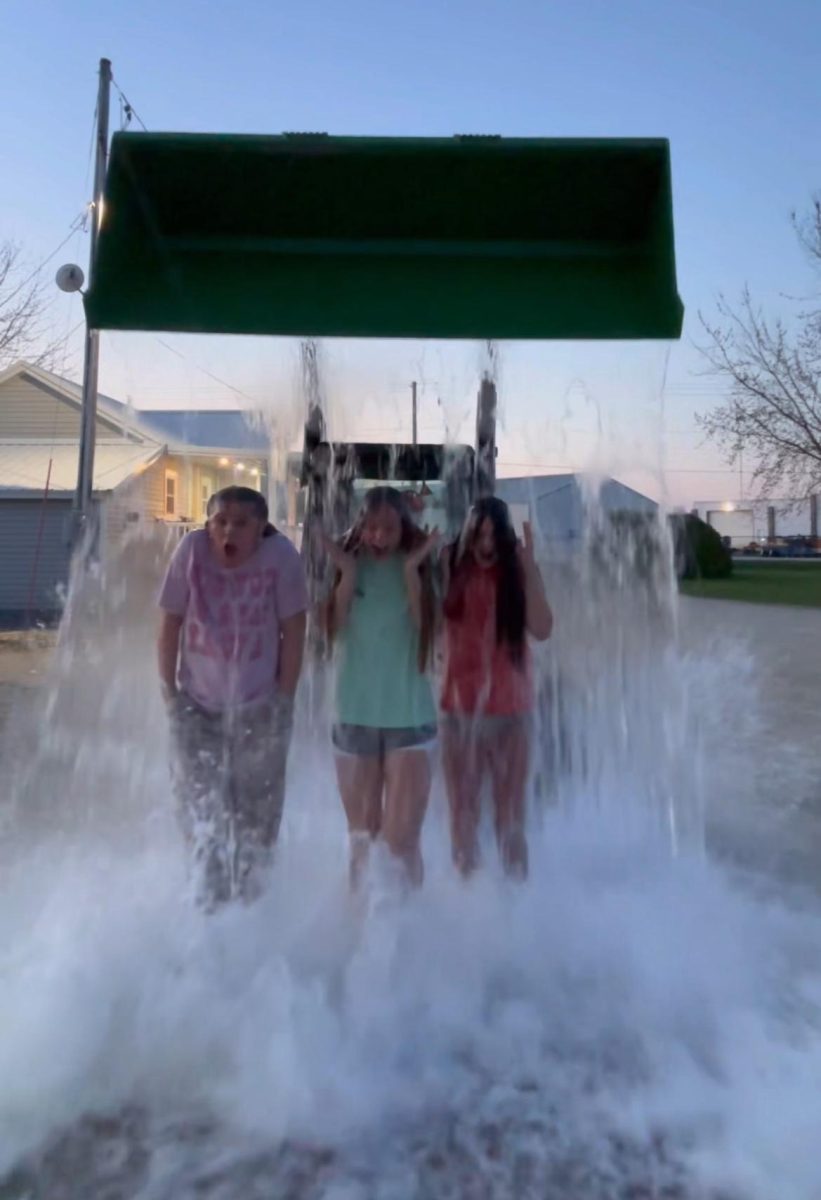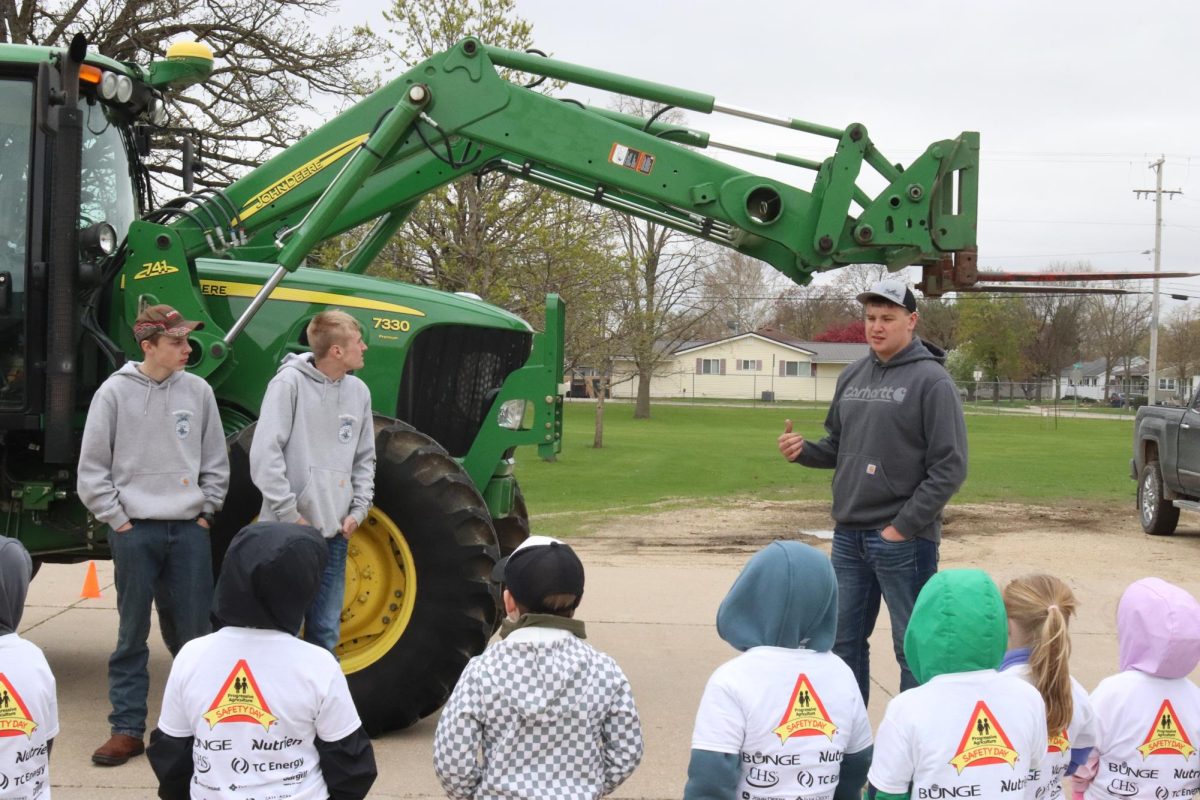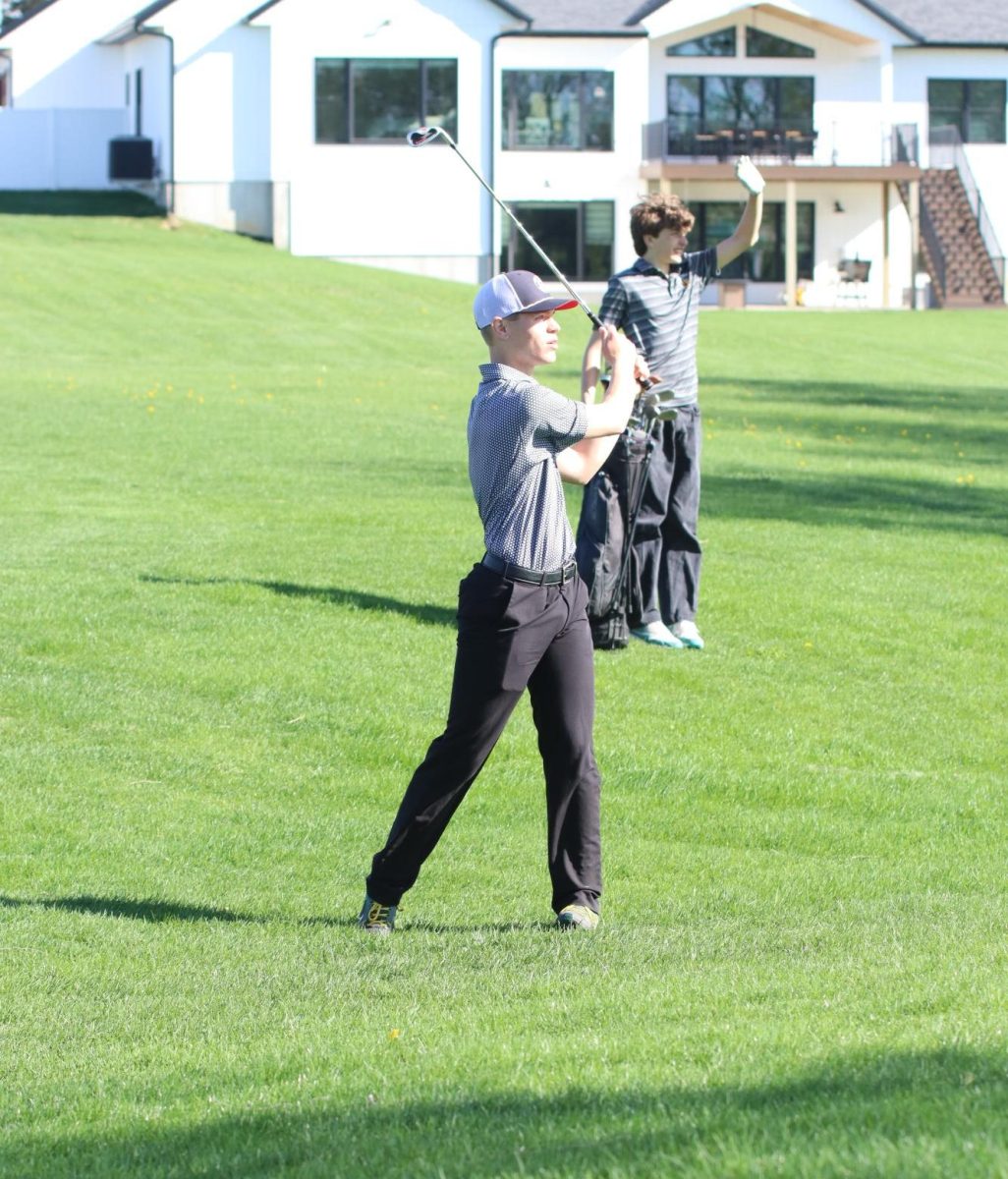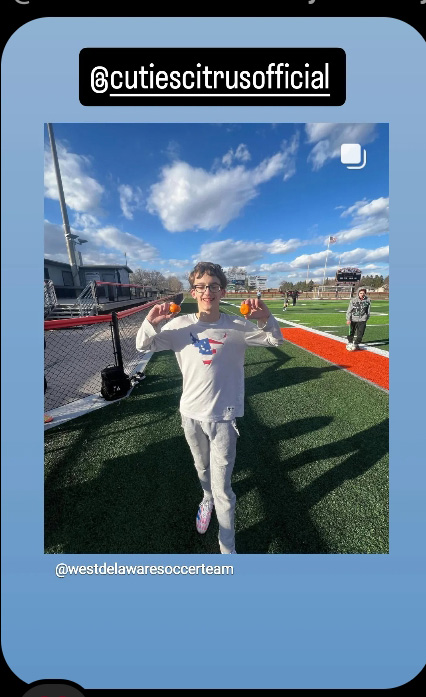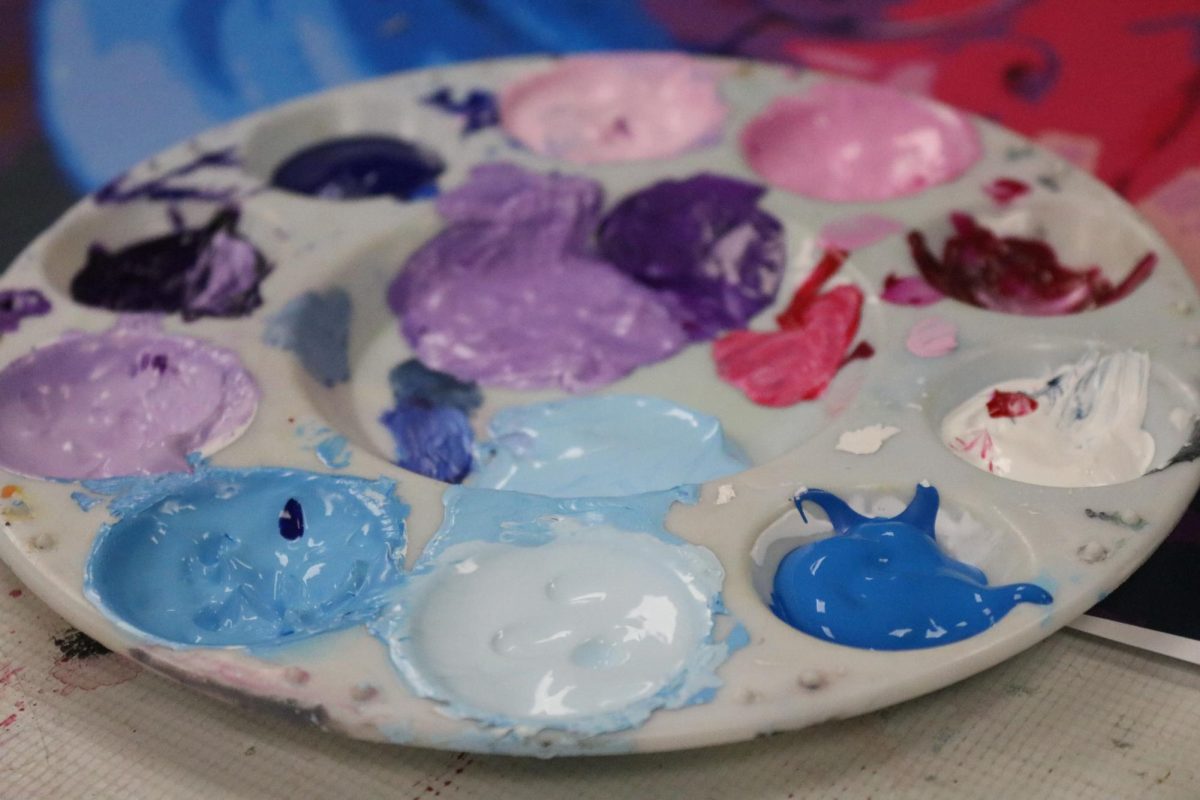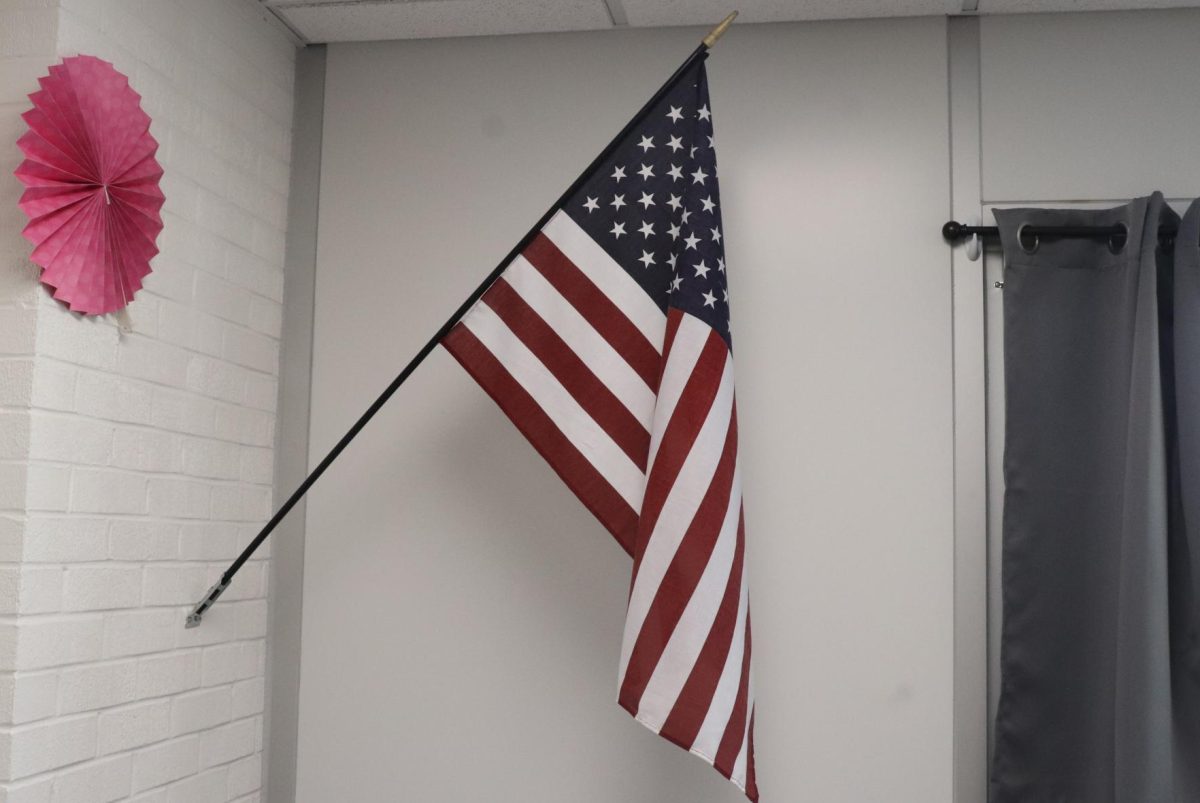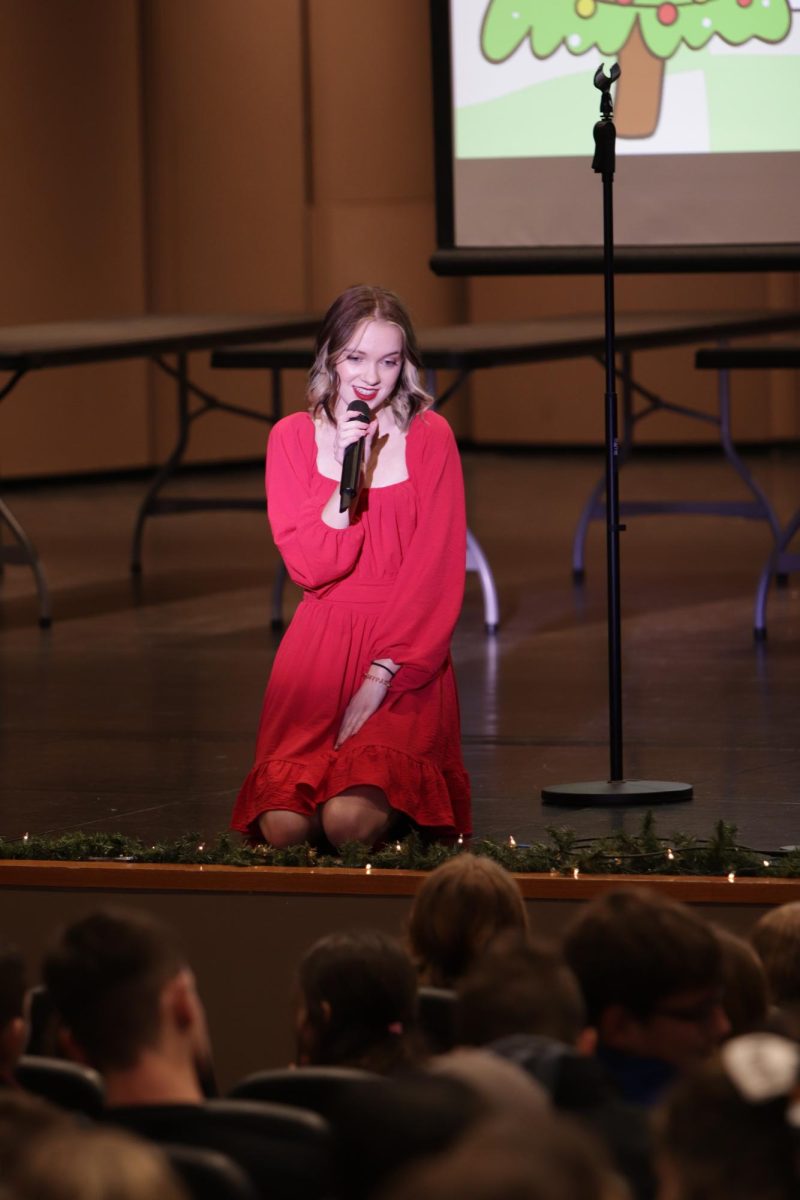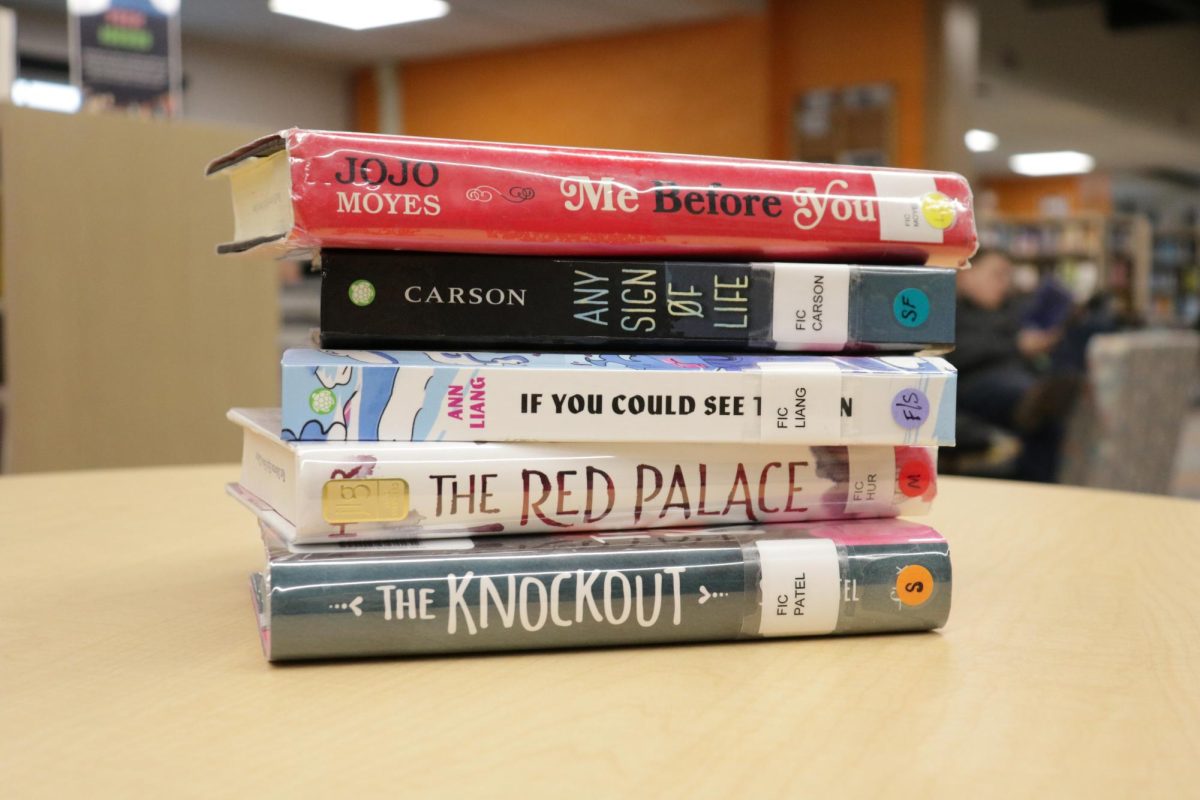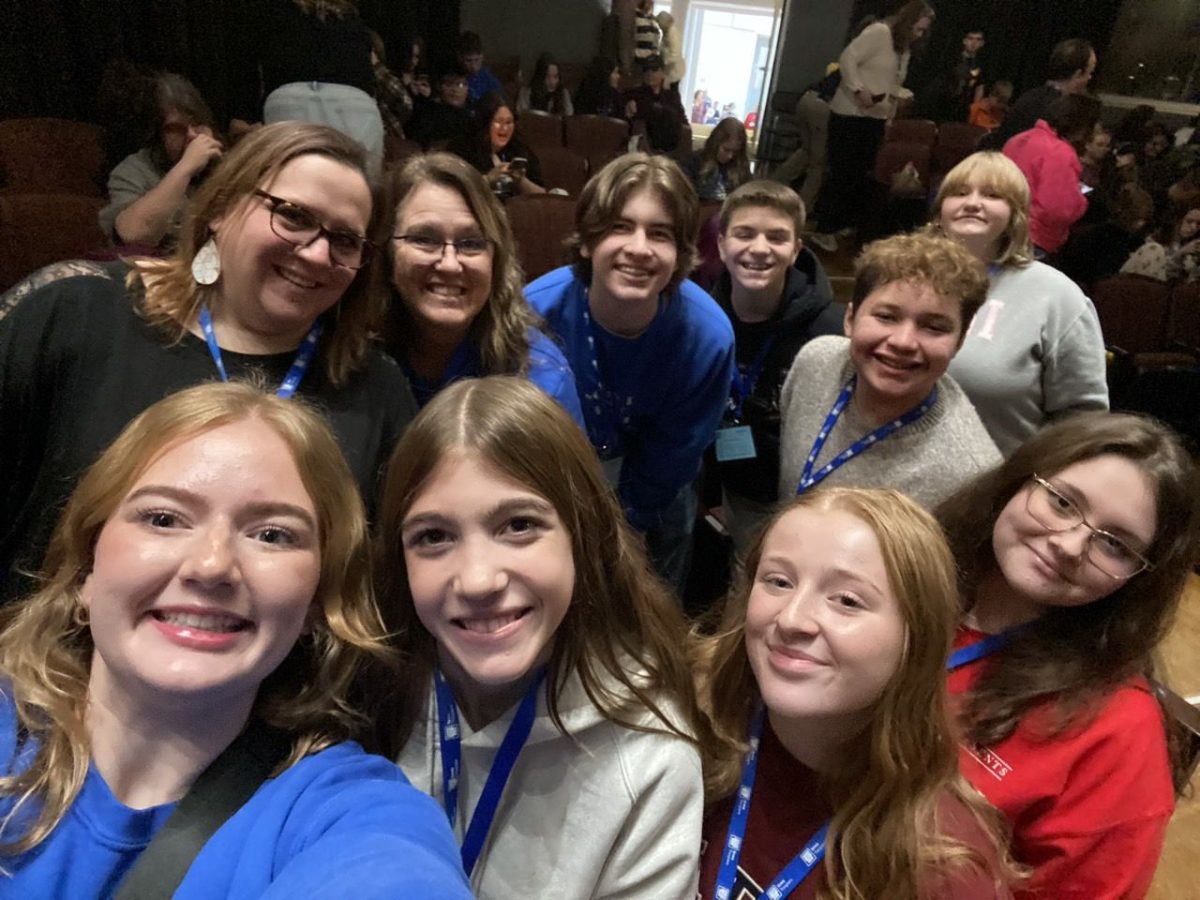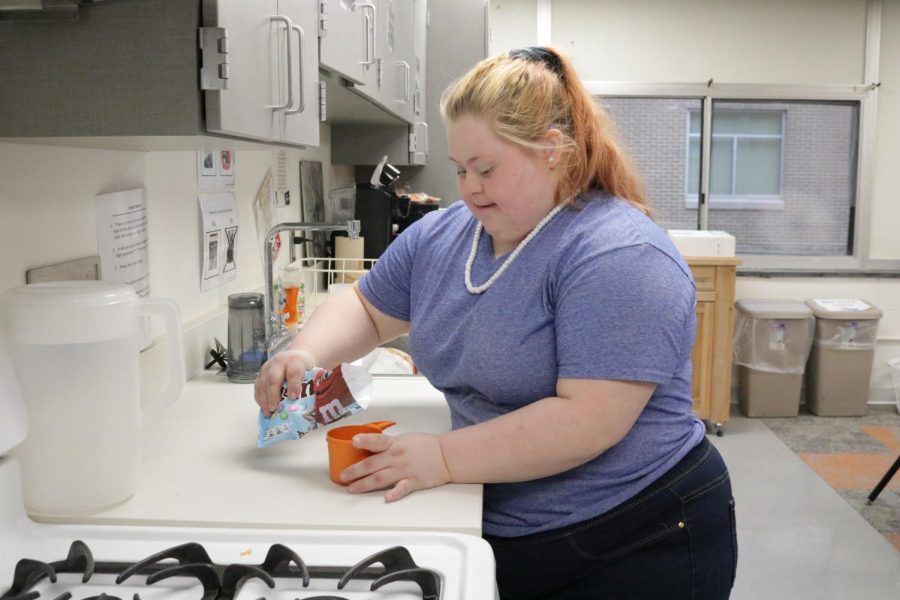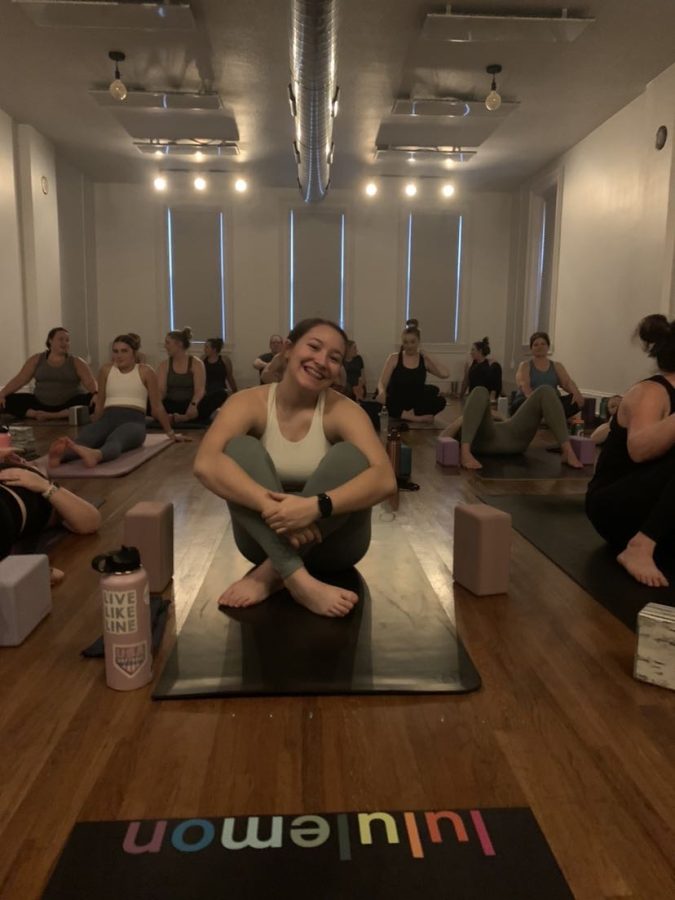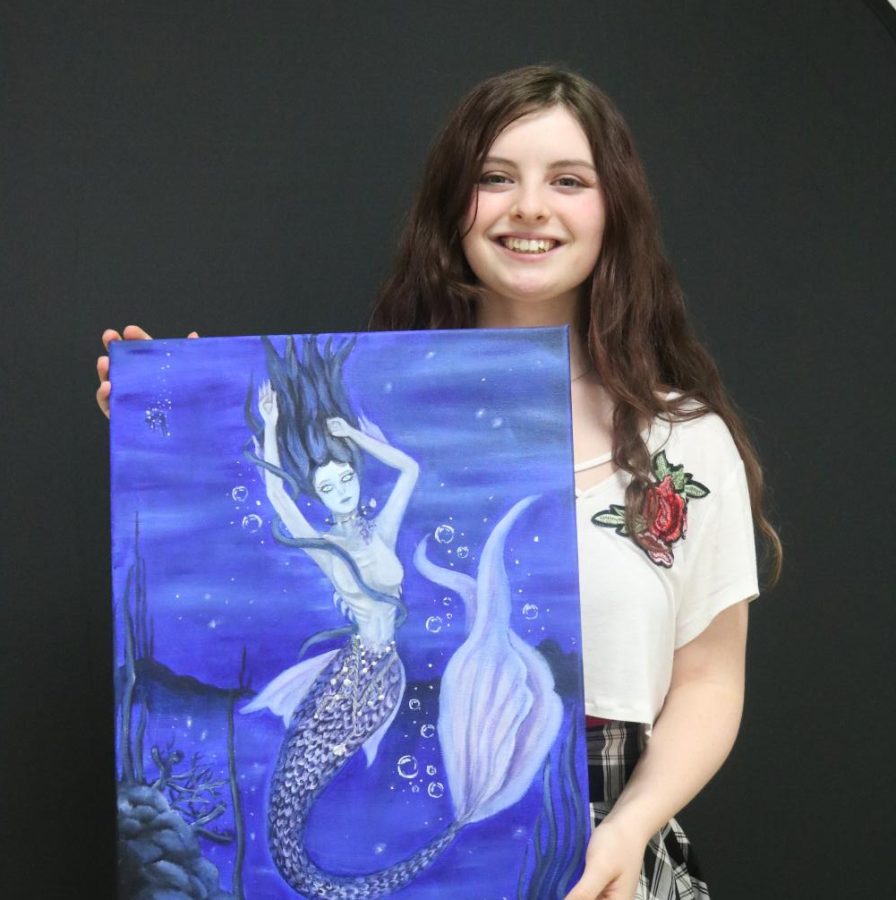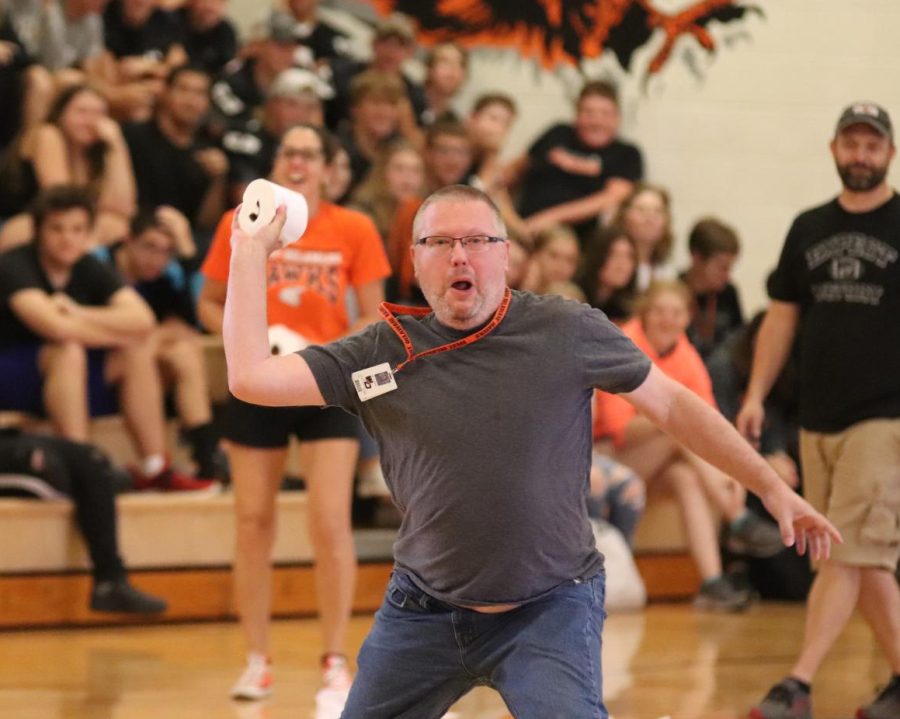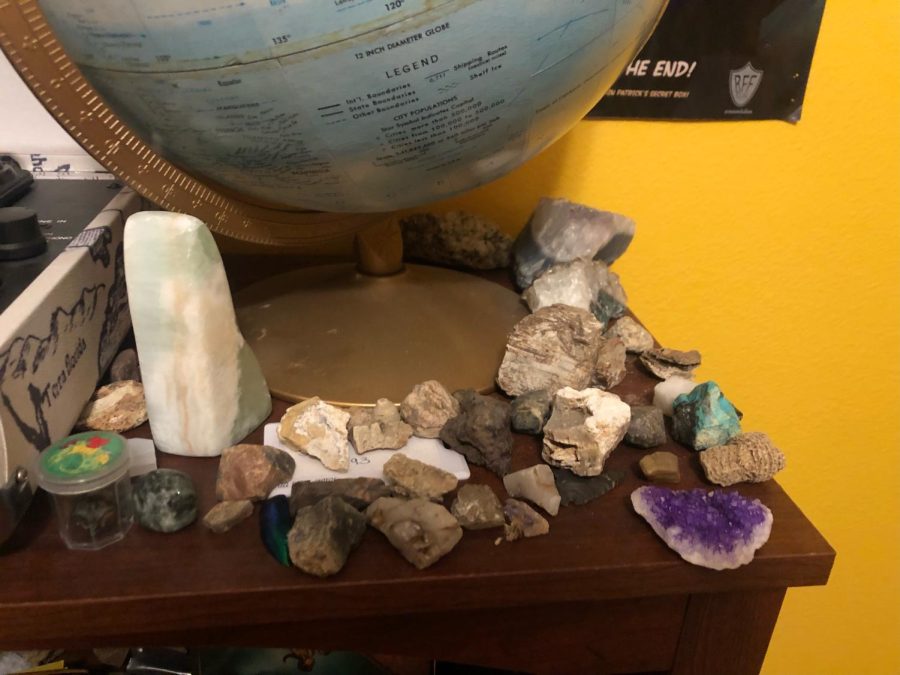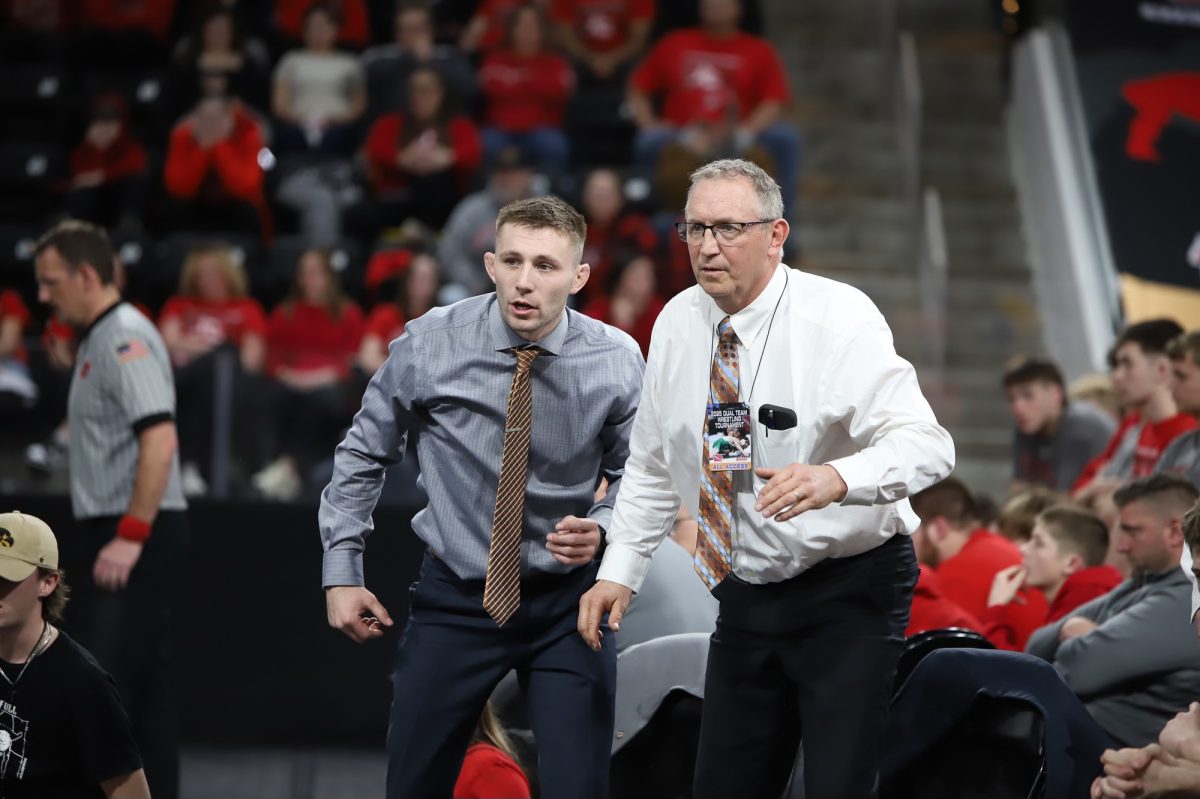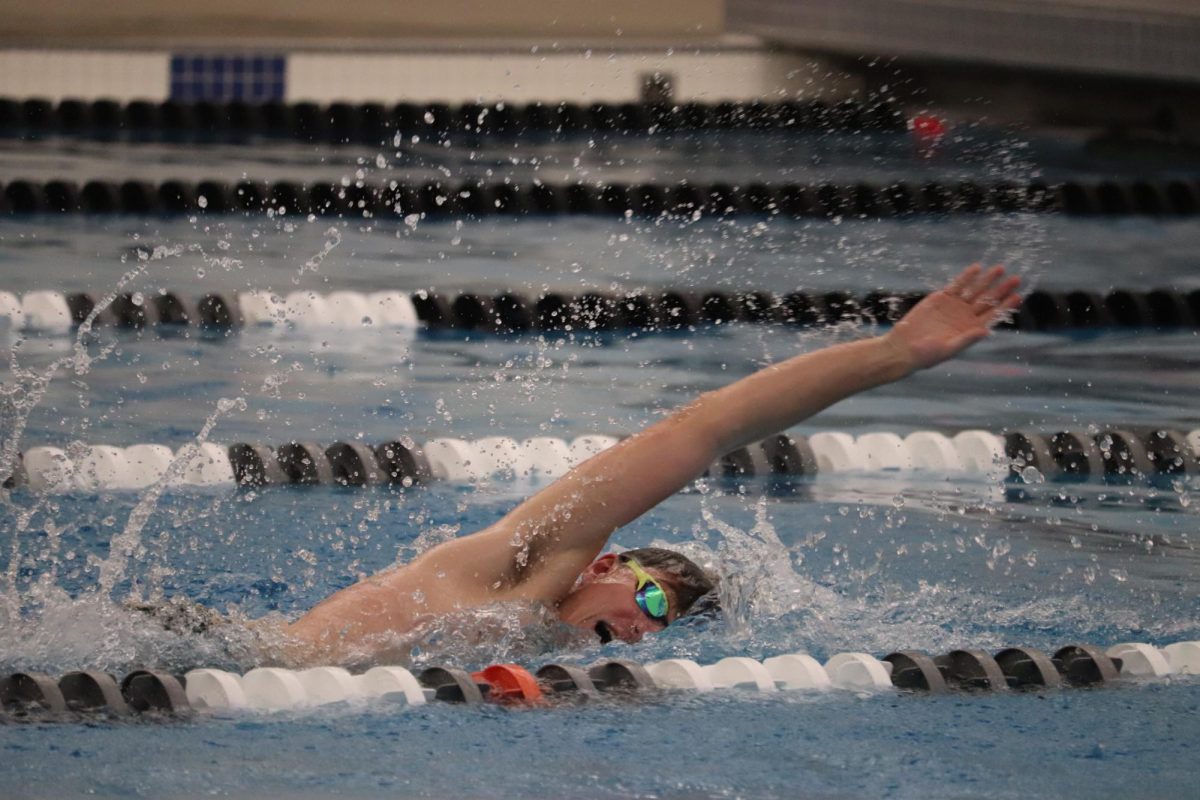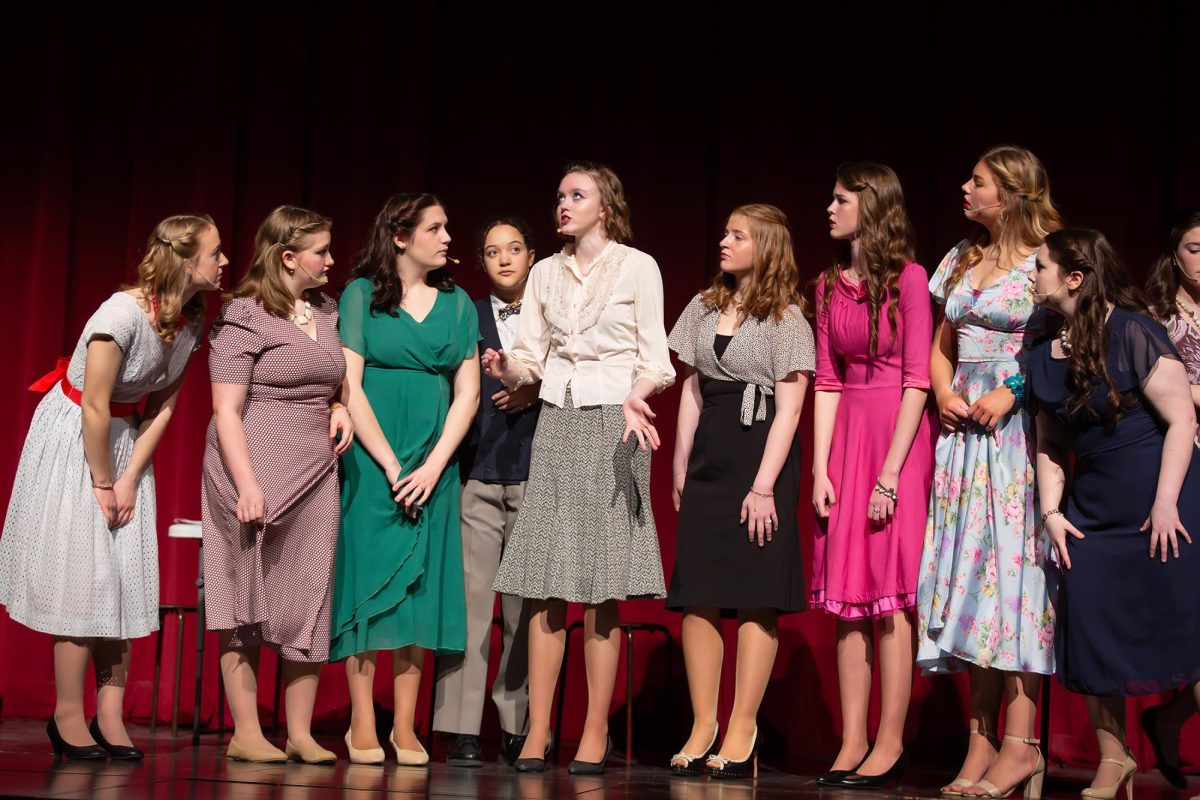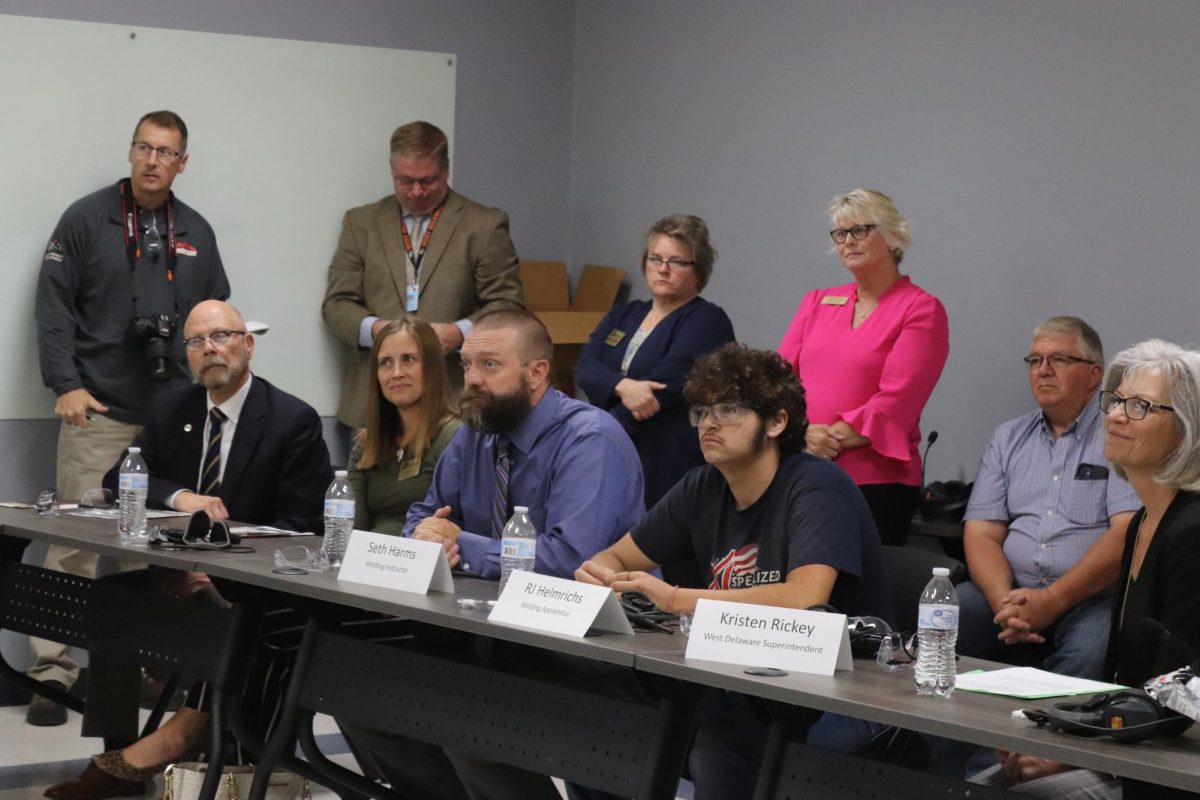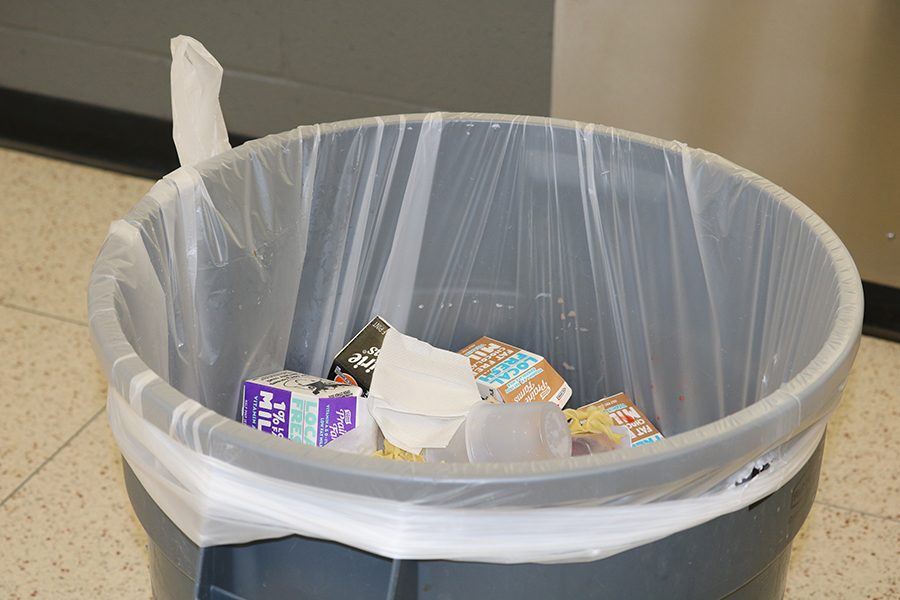The Trashy Truth on Garbage
West Delaware’s trash is brought to the local landfill at the Dubuque Metropolitan Solid Waste Agency.
Rubbage. Trash. Garbage. Waste. Whatever you want to call it, Kathy Naughton’s Environmental Science students learned about it.
The second term Environmental Science class, consisting of eleven students, spent the first unit of the term looking into waste and ways that the public can change and protect the environment.
To engage the class, Naughton brought in speakers, such as a representative from the Dubuque Metropolitan Solid Waste Agency on Wednesday, Nov. 14.
Bev Wagner, Coordinator for Education and Communication Efforts for the DMSWA, presented to the class general information about the local landfill, a graphic demonstrating the construction of the landfill, and safer ways to dispose of unwanted waste.
Wagner discussed the three R’s (Reduce, Reuse, and Recycle) and how the students could apply them. “[Recycling] is important because it is not a waste to the resources that we otherwise can’t replenish,” student Alexis Scott (12) said.
“Bev’s parting message to the students was that she hoped they would talk to others about what she shared with them,” Naughton said.
As a part of this unit, students created Public Service Announcements that explain what high school students can do to protect the environment, including safer and better ways of disposing of items. Those PSAs are displayed on the TVs located around the school.
“We hope that we can reach all the students and that those students will talk to their parents and spread the news,” Naughton said.
The students also followed West Delaware’s trash to the Dubuque Metropolitan Solid Waste Agency, Manchester’s local landfill, to see the end product of the schools waste.
Junior David Reddingus discovered an abundance of plastic bags at the landfill. “They’re tough to get rid of. They have to actually hire people to pick up the bags,” Reddingus said.
But what surprised the class the most was the presence of seagulls at the landfill. “Twenty percent of the waste at the landfill is organic food,” junior Carter Knutson said. “That’s what attracts the seagulls.”
Teachers and custodians alike have noticed this increase in trash in the lunchroom.
Denny Meyer, custodian, said, “I know if it wasn’t for the cafeteria, we would have a lot less trash. Kids are throwing away full bananas and apples!”
Since Michelle Obama started the Healthy Kids Act in 2010, students are required to take grains, vegetables and fruit at lunch. “I’ve seen kids throwing away more food since they’re required to get food that they may not want,” said Naughton.
“What we need to remember is that there is no ‘away;’ the garbage has to go somewhere, so it’s important for people to have a change in mindset about what we are throwing away.”

I am Tyler Salow and I am a Senior. I'm also the Webmaster of the Inklings, and no, that does not mean I am a spider. I am also involved in anything that...

